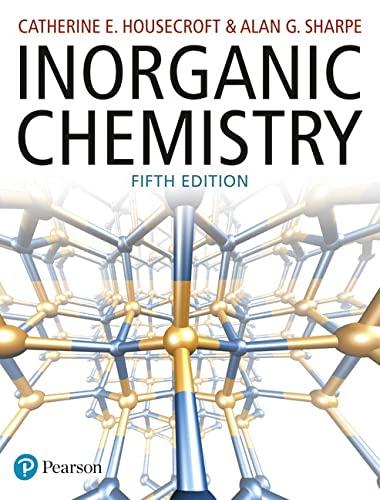Portable mass spectrometers are now available for monitoring gaseous emissions from volcanoes. Analyses after the eruption of
Question:
Portable mass spectrometers are now available for monitoring gaseous emissions from volcanoes. Analyses after the eruption of the Turrialba Volcano in Costa Rica in January 2010 showed the presence of [M]+ ions (i.e. atomic ions and nonfragmented molecular ions) at m/z 64, 44, 40, 34, 32, 28 and 18. Mass spectra recorded before the eruption confirmed that the peak at m/z 64 was missing, and the peak at m/z 34 was substantially
diminished.
(a) To what do you assign the peaks at m/z 64 and 34?
(b) Bearing in mind the composition of the Earth’s atmosphere, what molecular ion interferes with the detection of the volcanic emission observed at m/z 34?
(c) Volcanic gases mix with the surrounding air. Suggest what atmospheric gases give rise to the ions at m/z 40, 32 and 28.
(d) Sampling of the volcanic plume peak before and after the eruption reveals that the molecular ion with m/z 18 is present on both occasions, but in greater amounts after the eruption. Identify this ion.
(e) Helium forms under the Earth’s crust and is released during volcanic activity. Mass spectrometric ground monitoring of vents (fumaroles) in the Turrialba crater showed 20 ppm levels of He being released. What m/z value characterizes helium emission and what is the formula of the corresponding ion?
Step by Step Answer:






